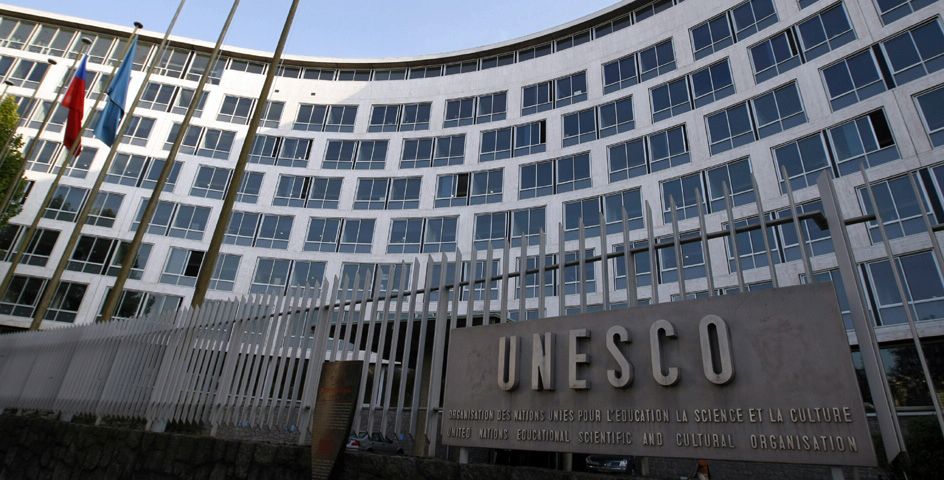UNESCO includes Kazakhstan's 10 properties in World Heritage List

By Aynur Jafarova
United Nations Educational, Scientific and Cultural Organization (UNESCO) has included 10 properties of Kazakhstan into the World Heritage List.
The news was announced by Secretary General of the country's National Commission for UNESCO and ISESCO Asel Utegenova at a briefing at the Central Communications Service under the Kazakh President.
"The diploma of the organization to include eight monuments in the World Heritage List will be presented during the first Interregional Meeting of National Commissions for UNESCO. This decision was made during the session of the World Heritage Committee in Qatar in June 2014," Utegenova said.
She went on to add that two reserved areas of Kazakhstan, in particular Katon Karagay and Akzhaiyk, were included in the World Network of Biosphere Reserves in Sweden in June 2014.
"These two certificates will also be presented to Kazakhstan's Ministry of Environment and Water Resources," Utegenova noted.
Kazakhstan's properties inscribed on the World Heritage List include Mausoleum of Khoja Ahmed Yasawi (2003), Petroglyphs within the Archaeological Landscape of Tamgaly (2004), Silk Roads: the Routes Network of Chang'an-Tianshan Corridor (2014), as well as Saryarka - Steppe and Lakes of Northern Kazakhstan (2008).
Also, the country's properties submitted on the Tentative List include Turkic sanctuary of Merke (1998), Megalithic mausolea of the Begazy-Dandybai culture (1998), Barrows with stone ranges of the Tasmola culture (1998), Petroglyphs of Eshkiolmes (1998), Petroglyphs of Arpa-Uzen (1998), Paleolithic sites and geomorphology of Karatau mountain range (1998), Archaeological sites of Otrar oasis (1998), Cultural landscape of Ulytau (1998), Northern Tyan-Shan (Ile-Alatau State National Park) (2002), State National Natural Park "Altyn-Emel" (2002), Aksu-Zhabagly state natural reserve (2002), and Western Tien-Shan (2010).
